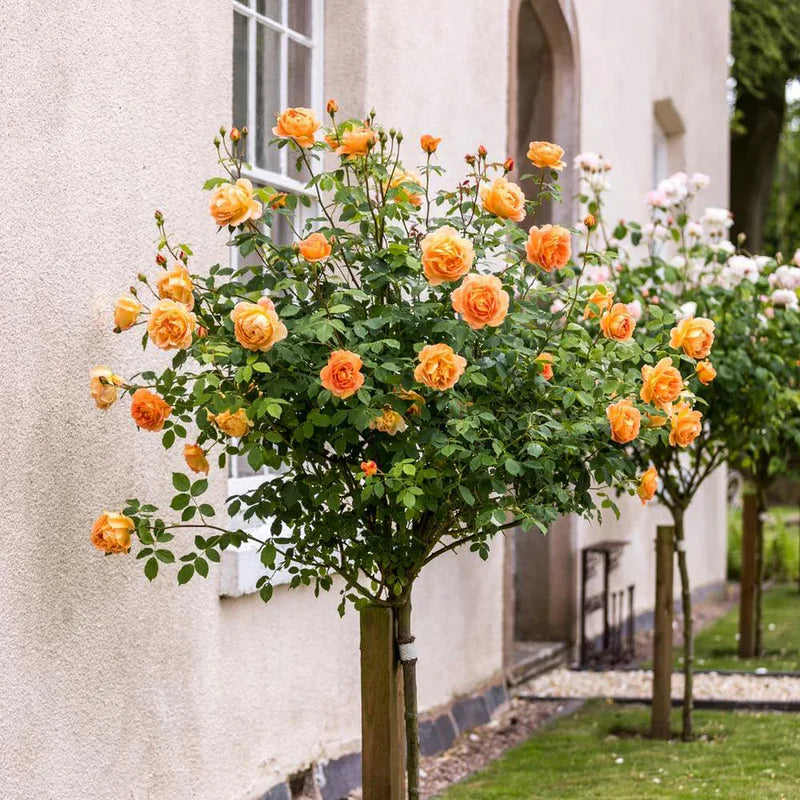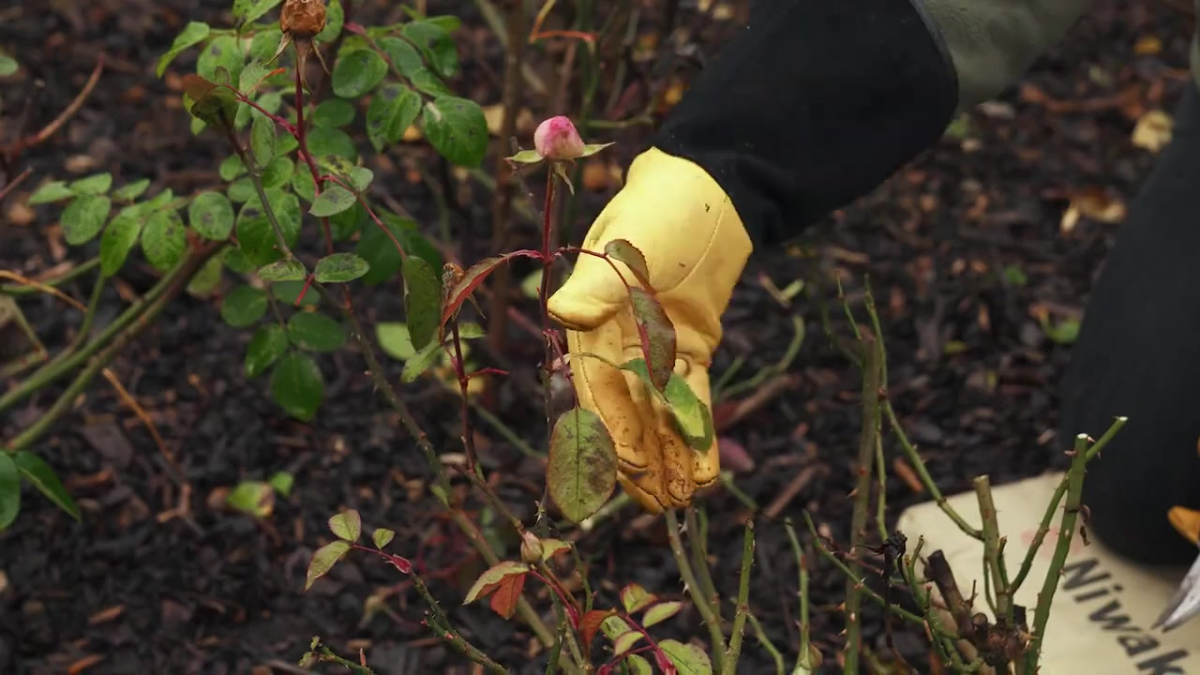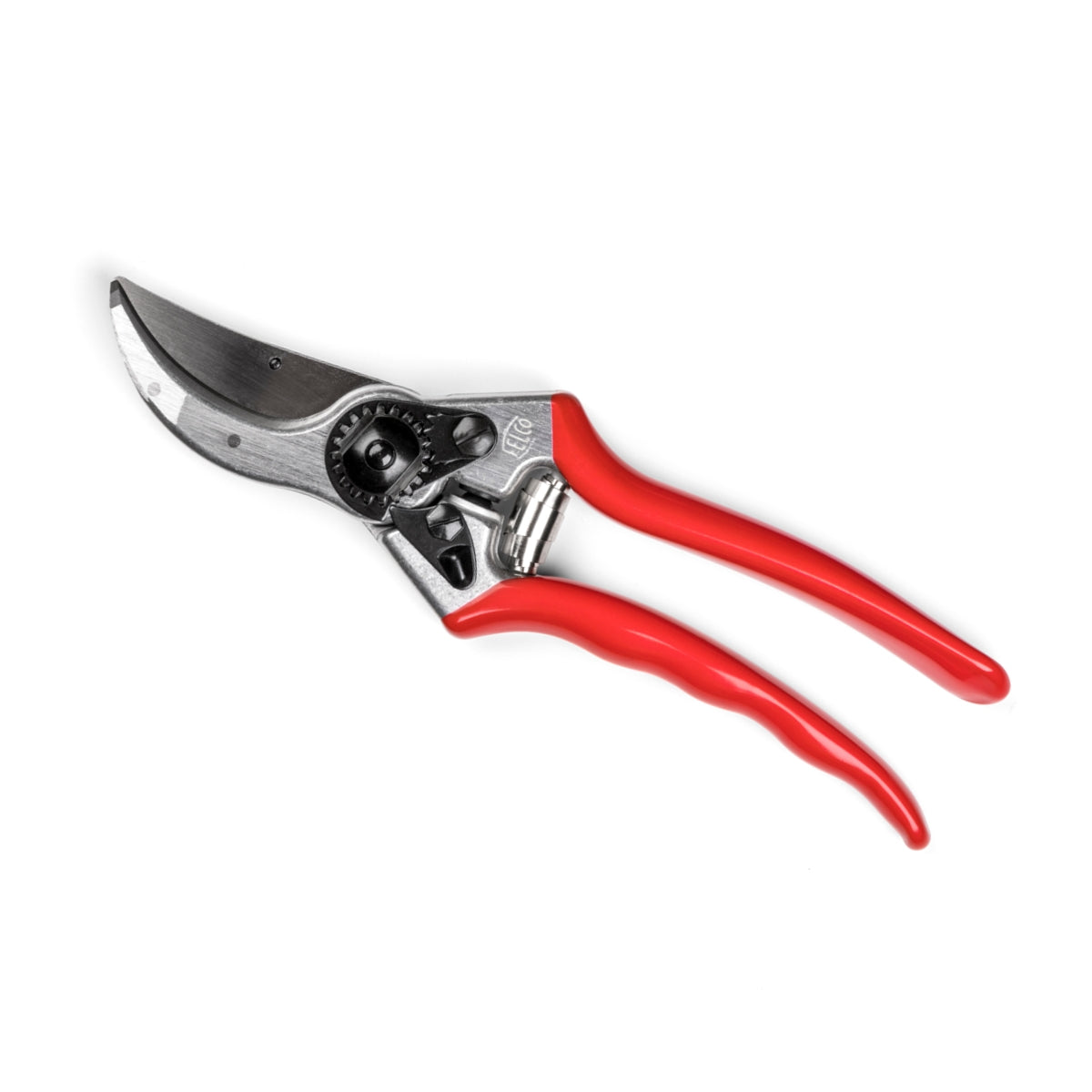How to Prune Climbing Roses
The instructions in this article cover the pruning of English climbing roses, from their first year after flowering through to maturity.
Pruning is essential if you really want your rose to thrive.
The main purpose of pruning is to create a shapely, attractive plant, with good coverage and structure, you can do this by simply removing parts of the plant during the non-flowering season. Pruning encourages fresh new growth and plentiful blooms for the following season.
It’s time to prepare your roses for the year ahead and give them a prune. Ideally, complete this task while the roses are still dormant, usually between January and February. If your roses have leafed and you still have not pruned it is still better to prune, but this may push back the flowering period until later in the season. If you haven’t pruned by March, don’t worry; your roses will still benefit from a thorough prune.
- If growing on fixed structures we recommend attaching horizontal wires to your wall which you will use to tie back the stems. Attach the wires at two feet intervals up the wall. Initially, three wires will suffice. As your rose grows taller you will need to add additional wires. Shop vine eyes now.
- If growing on an obelisk wind the strong stems growing from the base around your structure so that the stems spiral around it. This is much easier when the stems are young, soft and pliable.
- If growing on an arch follow the same method as for wall climbers but tie-in to your arch. To keep a tall and slender habit on your arch, allow the main stems to grow and create height, just pruning back the side shoots.
- Don’t worry about where you cut a stem. Accepted wisdom suggests cutting just above a leaf joint with a sloping cut away from the bud. However, there is no evidence to prove this is necessary.
- Do not worry about cutting back too much.Do not be alarmed, the growth will strengthen and re-establish quickly in the spring.
- Carefully dispose of foliage. Foliage should never be composted and should be removed from your garden. This ensures spores that can initiate disease are removed from your garden.
The Two Key Elements of Pruning Climbing Roses
- Selecting and encouraging strong growth from the base of the plant.
- Training stems so that they fan out and are near to horizontal to promote shoots along the stem.
Pruning a Newly Planted Climbing Rose
A newly planted rose has completed it's first season of flowering. At this stage your rose will still be establishing its roots to support growth in the future, thus only very light pruning is required.
Pruning an Established Rose: Year Two and Three
An established rose that has completed two flowering seasons is still considered to be developing its root system and will not be at its mature size or shape.

























